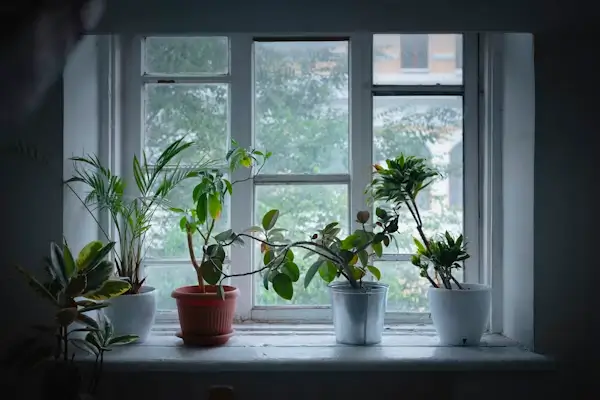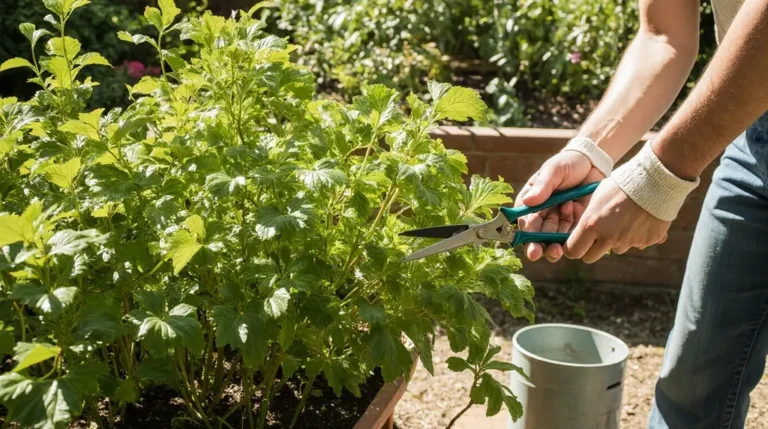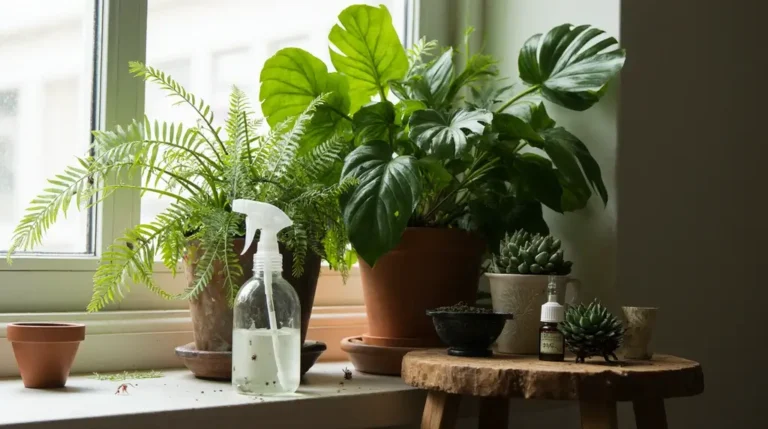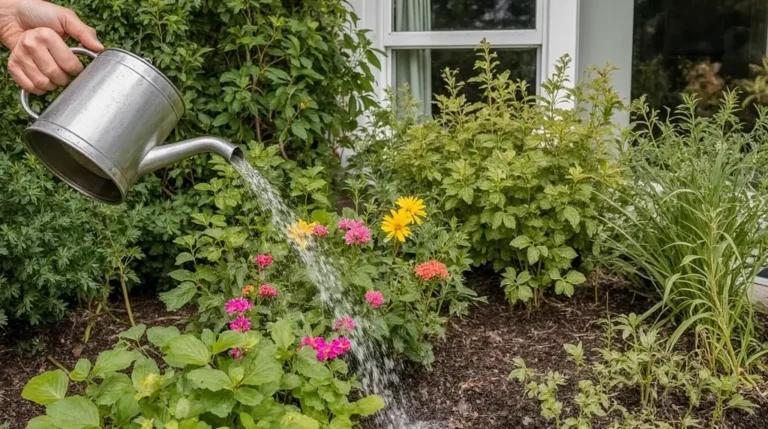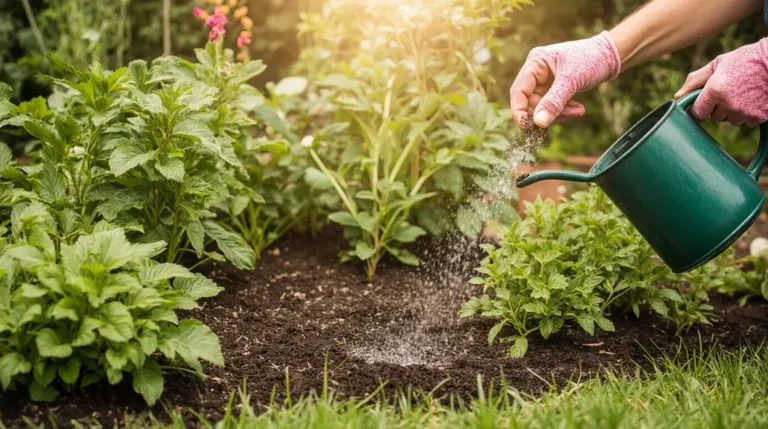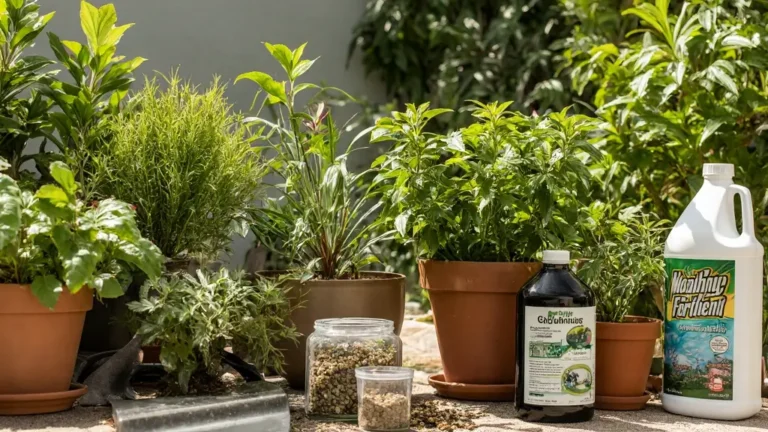How to Save Dying House Plants: Expert Tips That Work
Table of Contents
Introduction To How to Save Dying House Plants
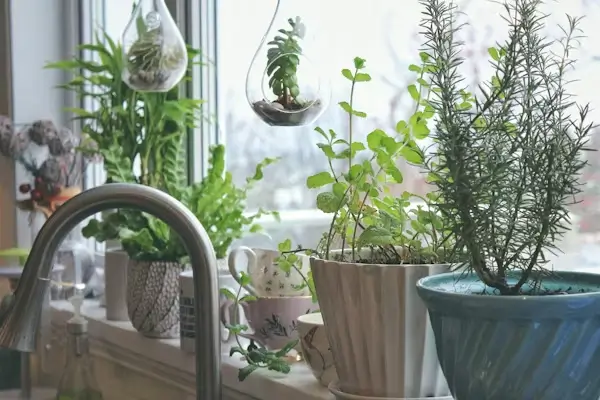
Nothing is more disheartening than watching a beloved houseplant slowly fade away. Whether you’re a seasoned plant parent or just starting your indoor garden journey, learning how to save dying house plants is an essential skill that can transform your home into a thriving green oasis. The good news? Most struggling houseplants can be rescued with the right knowledge and timely intervention. Looking to take your plant care to the next level? Check out our handy product that makes maintaining healthy, thriving plants easier than ever.
Indoor plants face unique challenges that their outdoor counterparts don’t encounter. Watering Your Plants; From inconsistent lighting to improper watering schedules, the controlled environment of our homes can sometimes work against our leafy companions. Understanding these challenges is the first step in successful plant revival and long-term houseplant care.
Why Houseplants Struggle Indoors: Common Culprits Behind Plant Decline
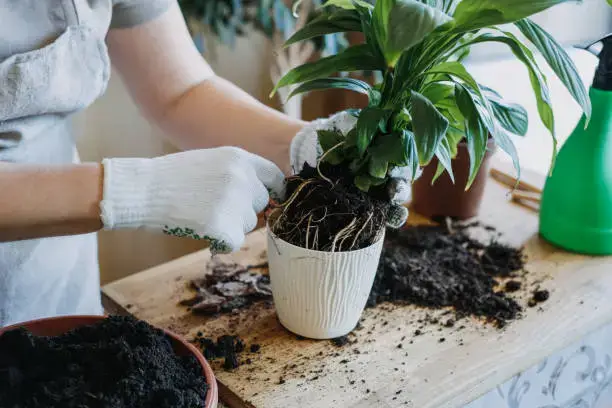
Before diving into solutions, it’s crucial to understand why plants struggle in indoor environments. Unlike their natural habitats, our homes present several obstacles that can stress even the hardiest varieties.
Environmental Stress Factors:
- Limited natural light exposure
- Dry indoor air and poor humidity levels
- Temperature fluctuations from heating and cooling systems
- Restricted root space in containers
- Inconsistent care routines
The most frequent causes of houseplant decline include overwatering (responsible for about 90% of houseplant deaths), underwatering, inadequate lighting, nutrient deficiencies, pest infestations, and root-bound conditions. These issues often work together, creating a domino effect that can quickly turn a healthy plant into a struggling one.
Step-by-Step Plant Diagnosis: Identifying the Problem
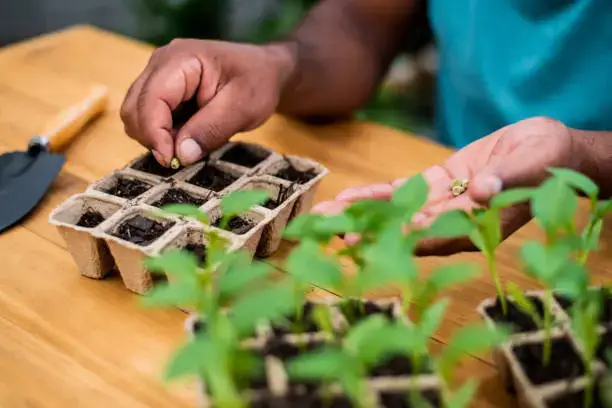
To save dying plants effectively, you must first become a plant detective. Here’s how to systematically diagnose what’s wrong with your struggling houseplant:
Visual Inspection Checklist:
- Examine the leaves: Look for yellowing, browning, wilting, spots, or unusual discoloration
- Check the soil: Test moisture levels by inserting your finger 1-2 inches deep
- Inspect the roots: Gently remove the plant from its pot to examine root health
- Assess the environment: Consider light exposure, humidity, and temperature conditions
Common Warning Signs and Their Meanings:
- Yellow leaves: Often indicates overwatering or nutrient deficiency
- Brown, crispy edges: Usually suggests underwatering or low humidity
- Drooping or wilting: Can signal both over and underwatering
- Musty smell from soil: Strong indicator of root rot from excessive moisture
- Stunted growth: May indicate poor lighting or nutrient depletion
Mastering the Watering Balance: The Foundation of Plant Revival
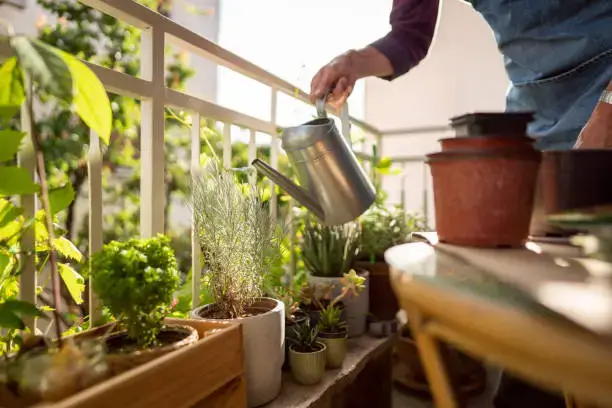
Water-related issues cause more houseplant deaths than any other factor. Developing proper watering techniques is essential for successful plant rescue and ongoing houseplant care.
Creating the Perfect Watering Routine:
For Overwatered Plants:
- Stop watering immediately and allow soil to dry completely
- Remove the plant from soggy soil if possible
- Trim any black, mushy roots with sterile scissors
- Repot in fresh, well-draining potting mix
- Place in bright, indirect light to encourage recovery
For Underwatered Plants:
- Water slowly and deeply until water drains from the bottom
- Consider bottom-watering for severely dried soil
- Increase humidity around the plant
- Monitor soil moisture more frequently
- Establish a consistent watering schedule
Pro Tips for Watering Success:
- Use the “finger test” – water when the top inch of soil feels dry
- Water in the morning to allow plants to absorb moisture during their active period
- Use room-temperature water to avoid shocking the roots
- Ensure pots have drainage holes to prevent waterlogging
Soil Health and Drainage: Creating the Perfect Growing Medium
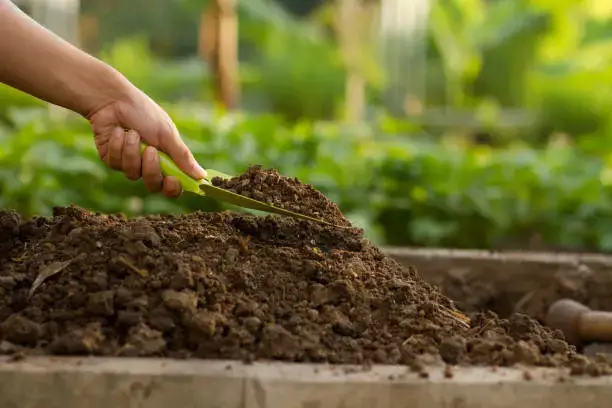
Poor soil conditions can quickly turn a healthy plant into a struggling one. Here’s how to optimize your plant’s growing environment:
Signs Your Plant Needs New Soil:
- Water sits on the surface instead of absorbing
- Soil pulls away from pot edges when dry
- Foul odor emanating from the potting mix
- White crust forming on soil surface (salt buildup)
Choosing the Right Potting Mix: Select a high-quality potting mix appropriate for your specific plant type. Most houseplants thrive in well-draining mixes that contain perlite, vermiculite, or bark chips. Avoid using garden soil indoors, as it’s too heavy and doesn’t drain properly in containers.
Improving Drainage: Add drainage materials like perlite or bark chips to heavy soil. Ensure your pots have adequate drainage holes, and consider using pot saucers that you empty regularly to prevent water from sitting around roots.
The Art of Repotting: When and How to Give Plants More Space
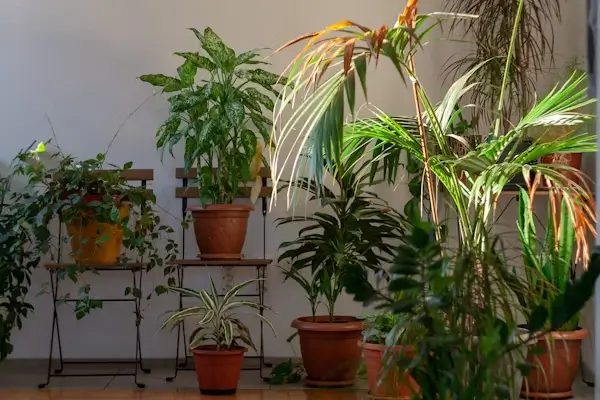
Repotting is often necessary when learning how to save dying house plants, especially if they’ve become root-bound or are suffering from poor soil conditions.
When to Repot:
- Roots are growing through drainage holes
- Plant becomes top-heavy and tips over easily
- Water runs straight through without being absorbed
- Growth has significantly slowed despite proper care
- You suspect soil-borne pests or diseases
Repotting Process:
- Choose a pot 1-2 inches larger than the current container
- Gently remove the plant and examine roots
- Trim any dead, black, or mushy roots
- Add fresh potting mix to the new container
- Position the plant at the same soil level as before
- Water lightly and place in indirect light for recovery
Nutrition and Recovery: Feeding Your Rescued Plants
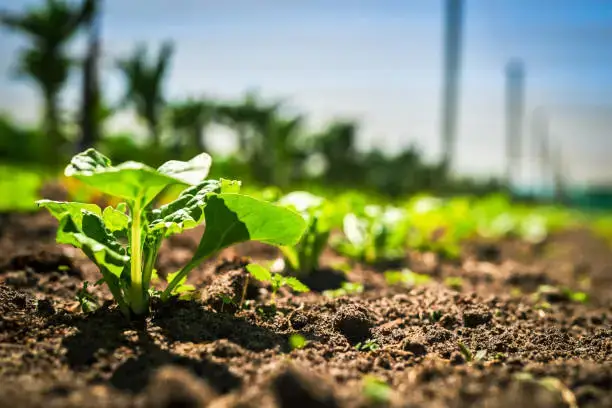
Proper fertilization can significantly boost your plant’s recovery, but timing and technique matter greatly when dealing with stressed plants.
Fertilizing Recovering Plants:
- Wait until you see new growth before fertilizing
- Use a diluted, balanced fertilizer (half the recommended strength)
- Feed during growing season (spring and summer)
- Avoid fertilizing dormant or severely stressed plants
Signs of Nutrient Deficiency:
- Pale or yellowing leaves (often nitrogen deficiency)
- Poor growth despite adequate water and light
- Leaves dropping prematurely
- Weak, spindly growth
Light Optimization: Finding the Sweet Spot
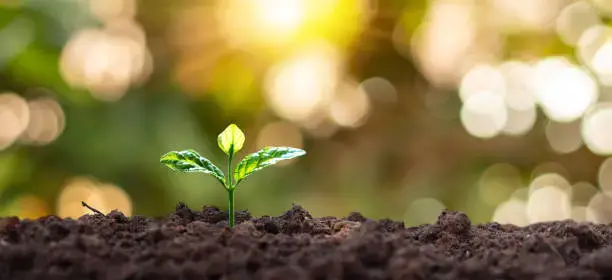
Inadequate lighting is a major factor in plant decline. Most houseplants need bright, indirect light to thrive.
Assessing Your Plant’s Light Needs:
- Low-light plants: Can tolerate areas away from windows
- Medium-light plants: Need bright, indirect light near windows
- High-light plants: Require direct sunlight for several hours daily
Quick Light Fixes:
- Move plants closer to windows for more natural light
- Use sheer curtains to diffuse harsh direct sunlight
- Consider grow lights for dark areas
- Rotate plants weekly for even light exposure
Emergency Plant Care: Quick Fixes for Common Problems
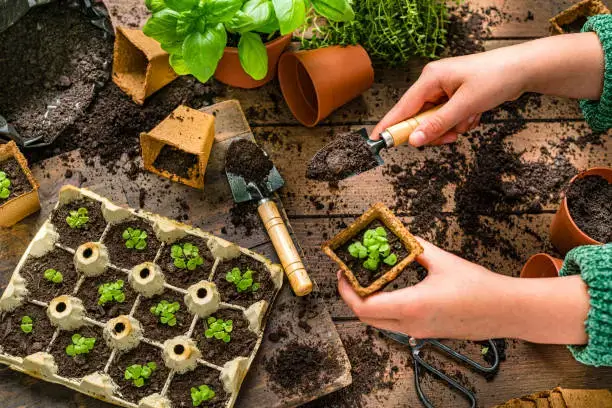
When you notice your plant in distress, these immediate interventions can help save dying plants quickly:
For Drooping Leaves:
- Check soil moisture immediately
- If dry, water thoroughly
- If wet, stop watering and improve drainage
- Increase humidity around the plant
- Move to bright, indirect light
For Yellowing Leaves:
- Remove yellowed leaves to redirect energy
- Adjust watering schedule based on soil moisture
- Check for pests on leaf undersides
- Consider fertilizer if plant hasn’t been fed recently
For Root Rot:
- Remove plant from pot immediately
- Wash roots gently and trim black, mushy portions
- Repot in fresh, well-draining soil
- Reduce watering frequency significantly
- Place in warm, bright location for recovery
Building Long-Term Plant Health: Prevention Strategies
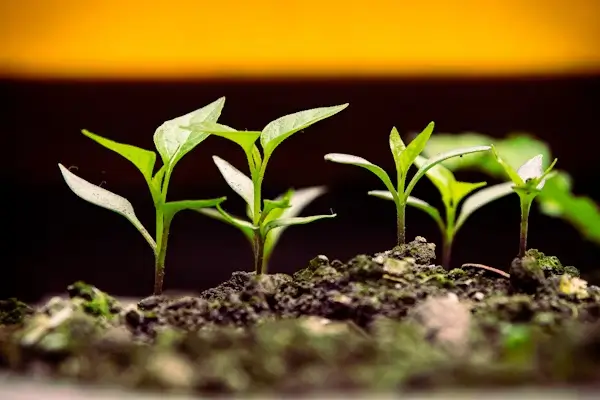
The best approach to houseplant care involves preventing problems before they start:
Maintenance Schedule:
- Weekly: Check soil moisture and inspect for pests
- Monthly: Clean leaves and rotate plants
- Seasonally: Assess repotting needs and adjust care routines
- Annually: Replace potting mix for long-term plants
Environmental Monitoring: Invest in simple tools like moisture meters and humidity gauges to better understand your plant’s environment. Consistency in care is key to preventing future plant emergencies.
Conclusion: Your Plants Can Bounce Back
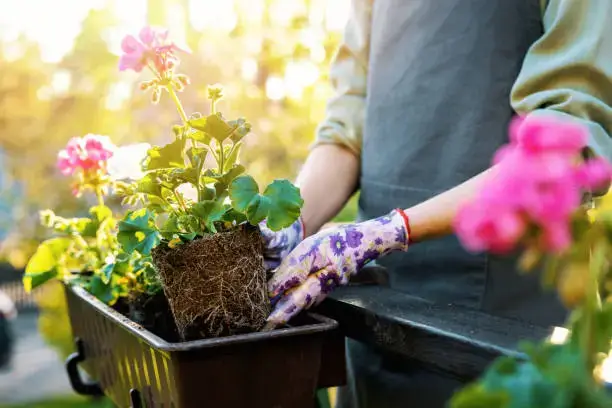
Learning how to save dying house plants isn’t just about emergency interventions – it’s about understanding your plants’ needs and creating an environment where they can flourish. Remember that plant recovery takes time, often several weeks or months, so patience is essential.
Most houseplants are surprisingly resilient and can recover from significant stress when given proper care. By mastering the fundamentals of watering, lighting, soil health, and nutrition, you’re building the foundation for long-term success in houseplant care.
Start with one struggling plant and apply these expert techniques systematically. As you gain confidence and experience, you’ll develop the intuition that separates successful plant parents from those who struggle to save dying plants. With consistent observation and care, your indoor garden can transform from a source of frustration into a thriving, green sanctuary that brings joy and life to your home.
The key to successful plant rescue lies in understanding that every plant is unique, yet the fundamental principles remain the same. Trust the process, be patient with both yourself and your plants, and remember that each saved plant is a victory worth celebrating.
How to Save Dying House Plants: Expert Tips That Work
Nothing is more disheartening than watching a beloved houseplant slowly fade away. Whether you’re a seasoned plant parent or just starting your indoor garden journey, learning how to save dying house plants is an essential skill that can transform your home into a thriving green oasis. The good news? Most struggling houseplants can be rescued with the right knowledge and timely intervention. Looking to take your plant care to the next level? Check out our handy product that makes maintaining healthy, thriving plants easier than ever.
Indoor plants face unique challenges that their outdoor counterparts don’t encounter. Watering Your Plants; From inconsistent lighting to improper watering schedules, the controlled environment of our homes can sometimes work against our leafy companions. Understanding these challenges is the first step in successful plant revival and long-term houseplant care.

